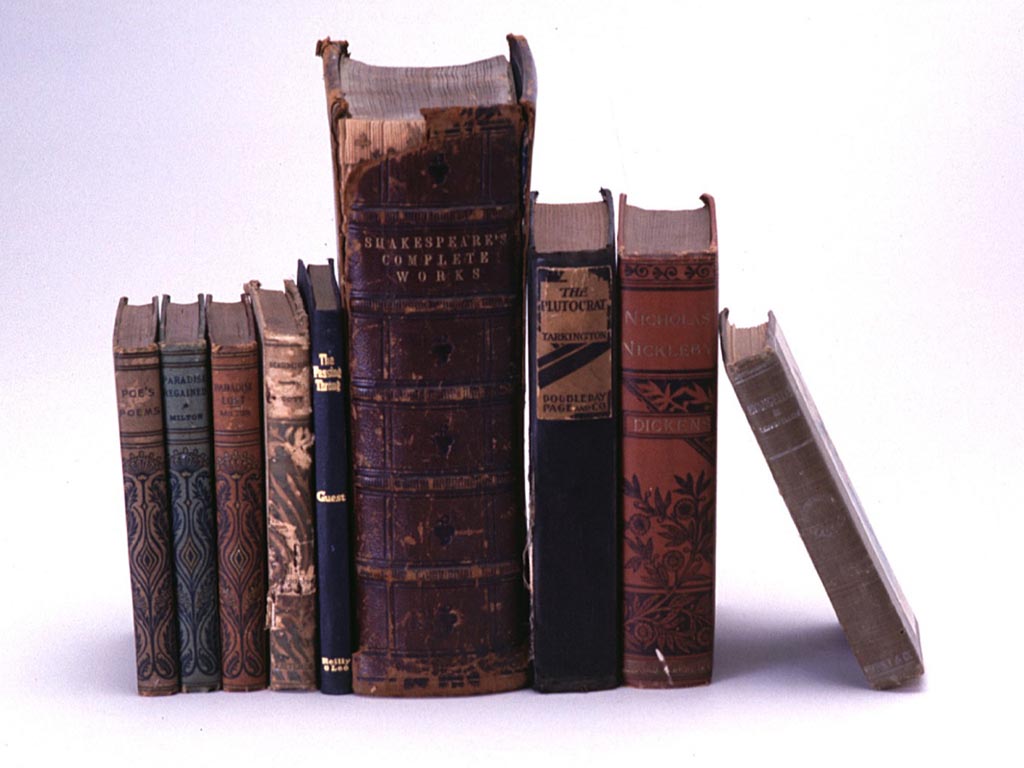

2.Go to the library website search for the bibliographic of Database book in the library catalog (OPAC = Online Public Access Catabog.


3.Go to the library e-book database, search for the articles about Database from proguest, ABI/INFORM, Dissertation & theses
An Arizona Daily Star analysis of school crime across local school districts showed hundreds of incidents in the past school year of assault, sexual harassment, racial comments and profanity.
Sep. 27--Girls grabbed in the crotch by boys who say it's "no big deal."
Teachers hit or held down by students trying to avoid discipline.
Behaviors that would be unthinkable just a generation ago are happening across Tucson schools.
An Arizona Daily Star analysis of school crime across local school districts showed hundreds of incidents in the past school year of assault, sexual harassment, racial comments and profanity. While only a few of the incidents involved violent crimes, the majority add up to a systematic lack of respect for other students and teachers.
Studies going back to the 1960s show that students emulate behavior they see in the media, said Laura Waterman, the clinical director for the Southern Arizona Mental Health Corp.
"If you carry that out a little further, there's no question that the interaction between and among children -- and children and adults -- as portrayed on television is considerably more disrespectful than you might have seen even 20 years ago," she said.
Part of it may be due to the economy, said Hari Ghuman, director of child and adolescent psychiatry at the University of Arizona. He said more kids are enrolling in community agencies to seek treatment in the past year or two.
"Last year, people became very concerned about things falling apart. Children were hearing parents concerned about losing their jobs, and it makes them worry about where they will get food or whether they'll keep their homes. When people are stressed, they act differently, and some kids may become more oppositional and angry -- not following rules, testing limits. You see all those things."
Sunnyside High School Principal Raul Nido said school is actually safer -- gang problems, for example, have waned in the past decade. But school officials still must be more aggressive in talking to kids about respecting themselves and respecting others, he said. "We need to teach them that the adults run the school," he said, "not the students."
For Alexander Cortez, an 18-year-old senior at Sunnyside, respect starts at home: "Parents need to teach stronger values and raise children with character."
Database
Credit: The Arizona Daily Star, Tucson More information










